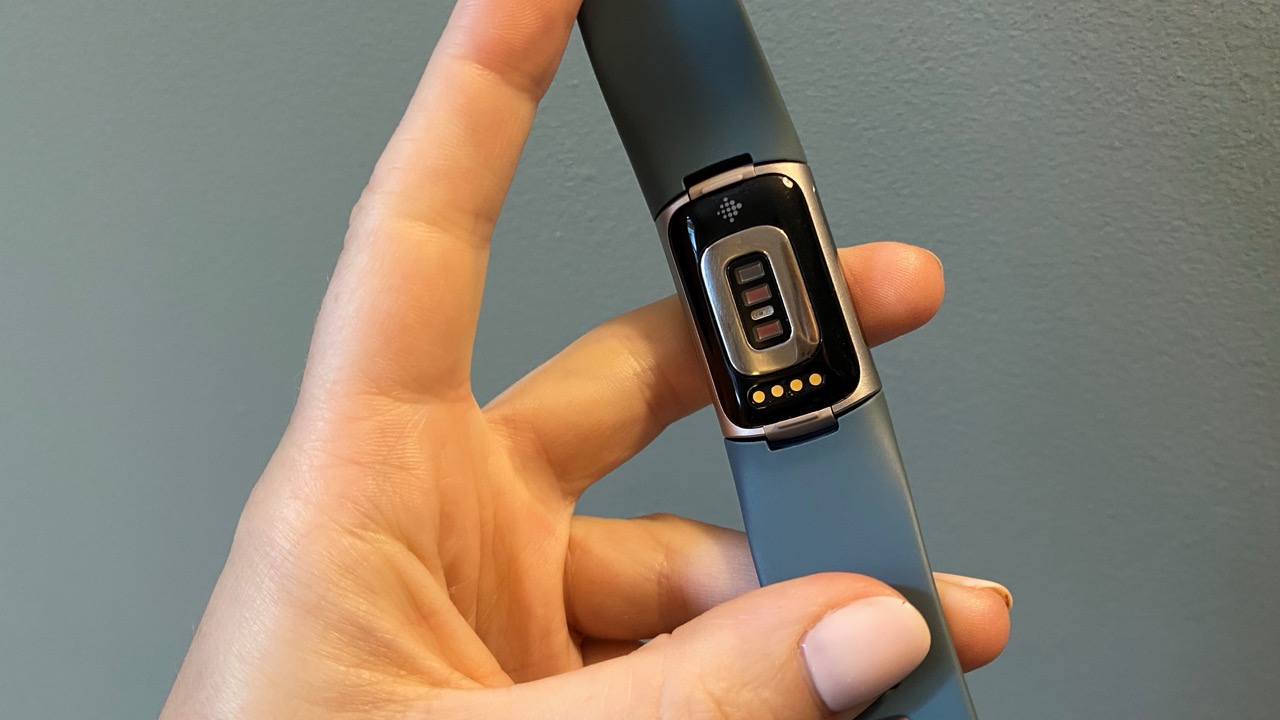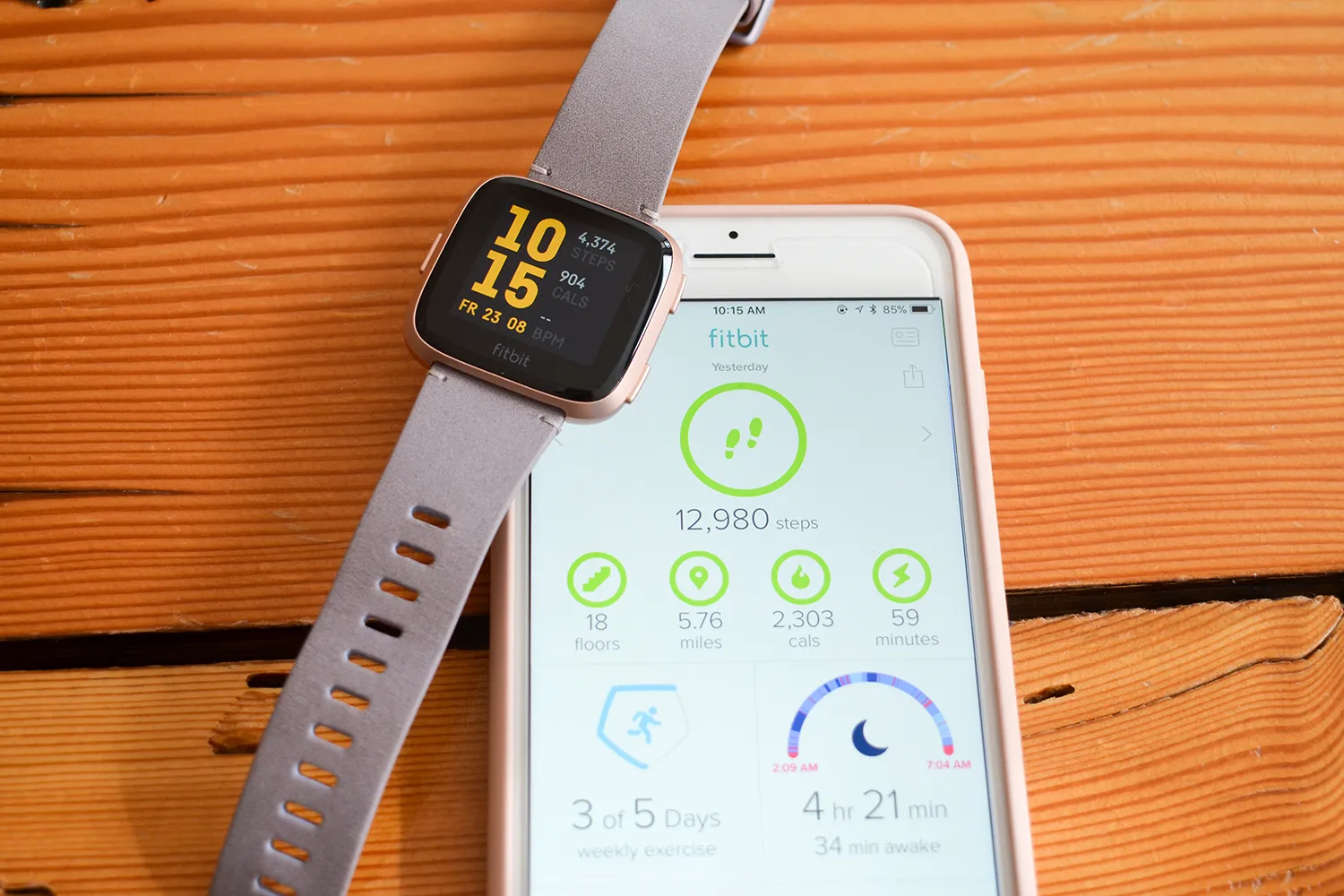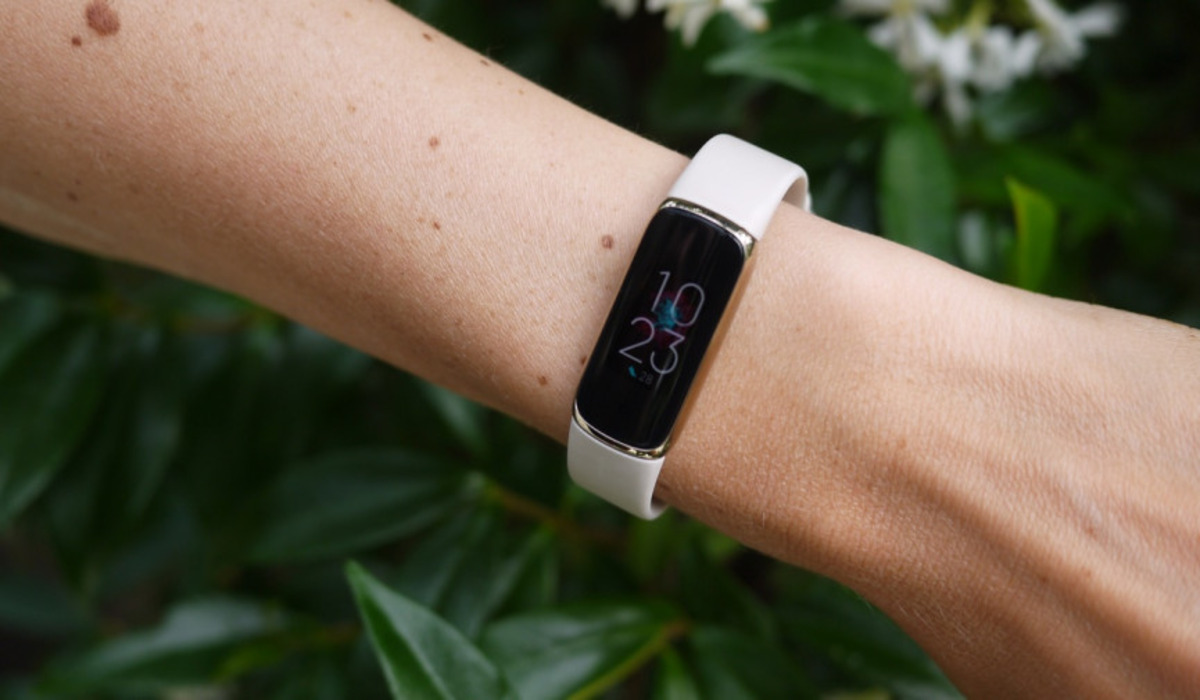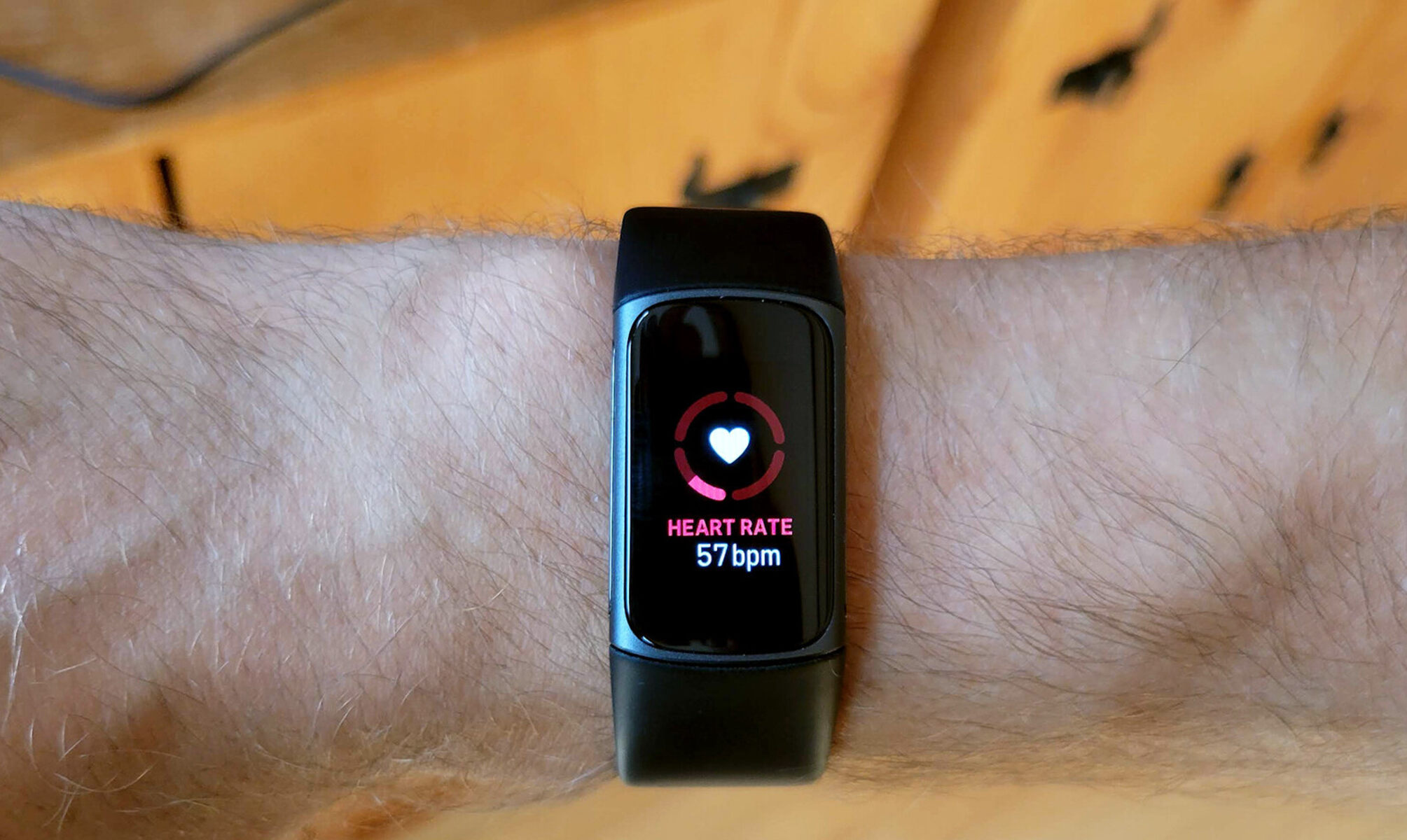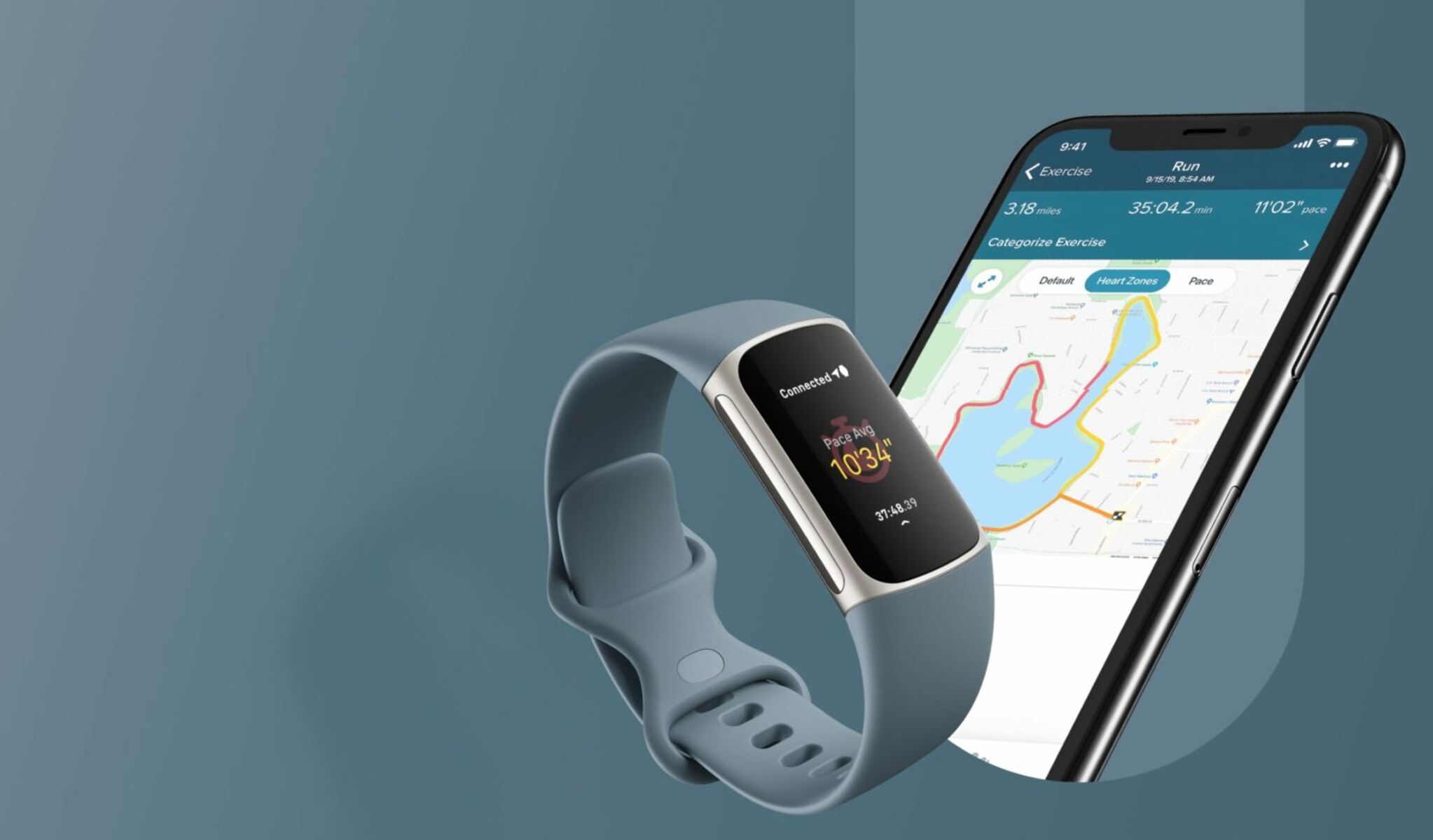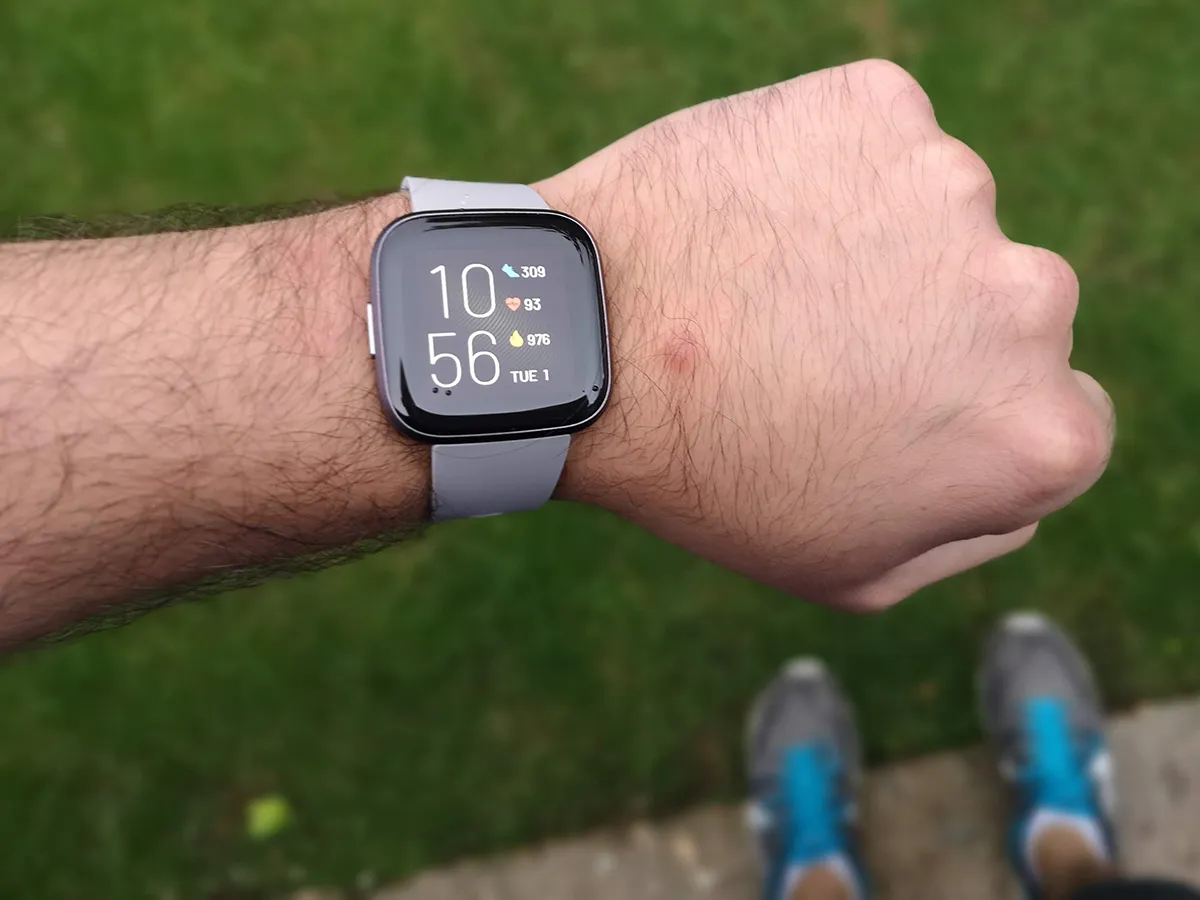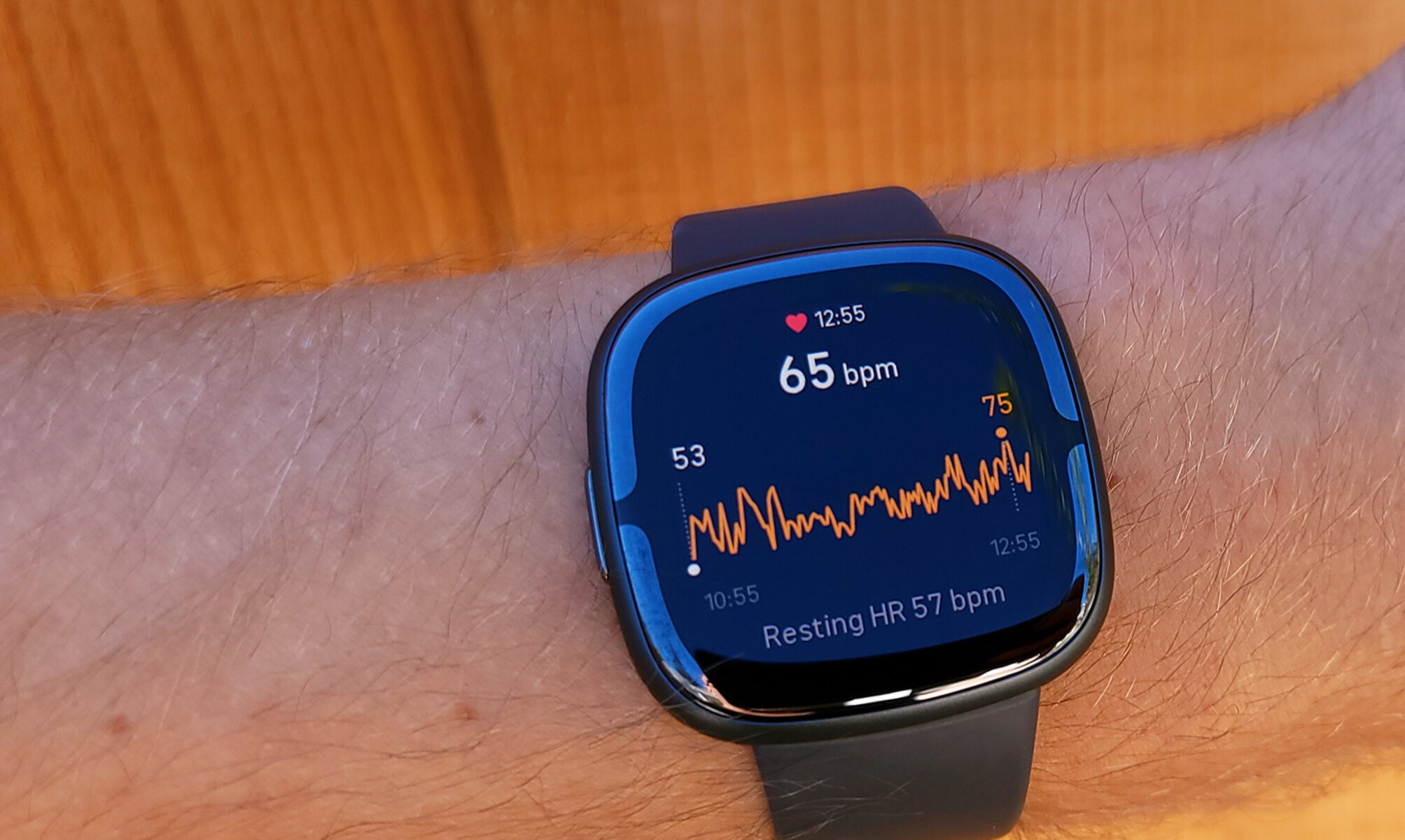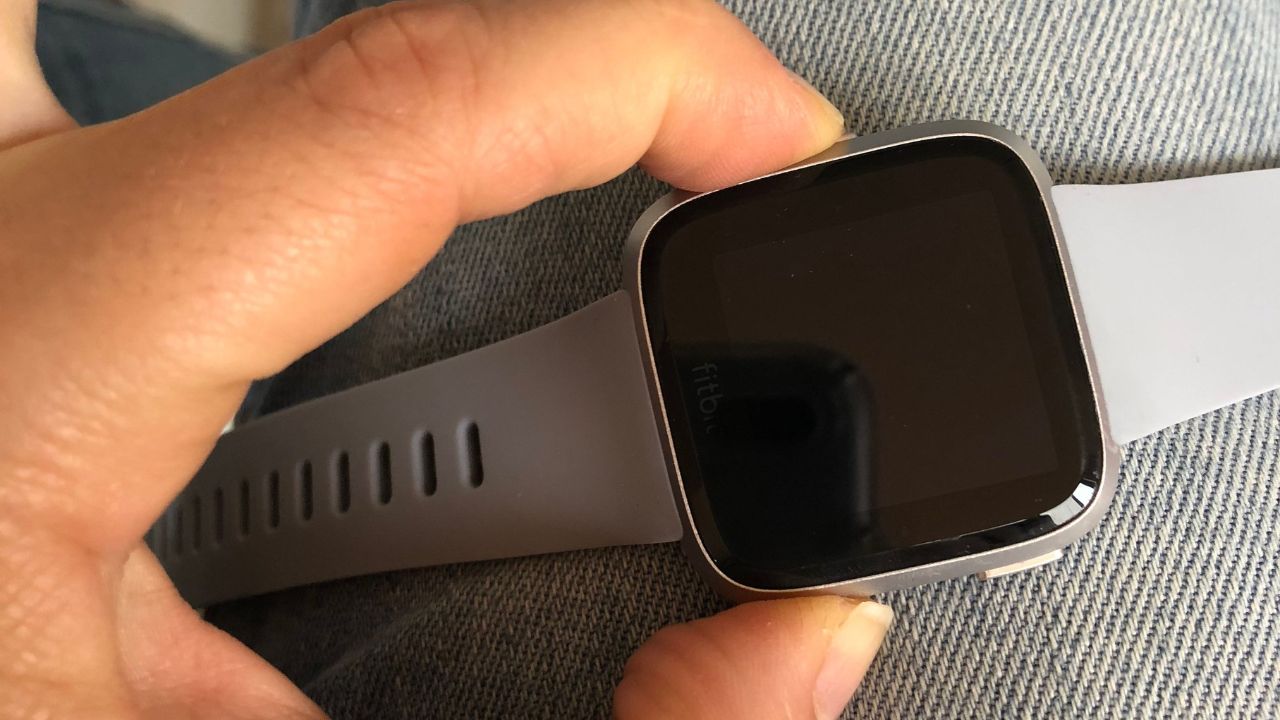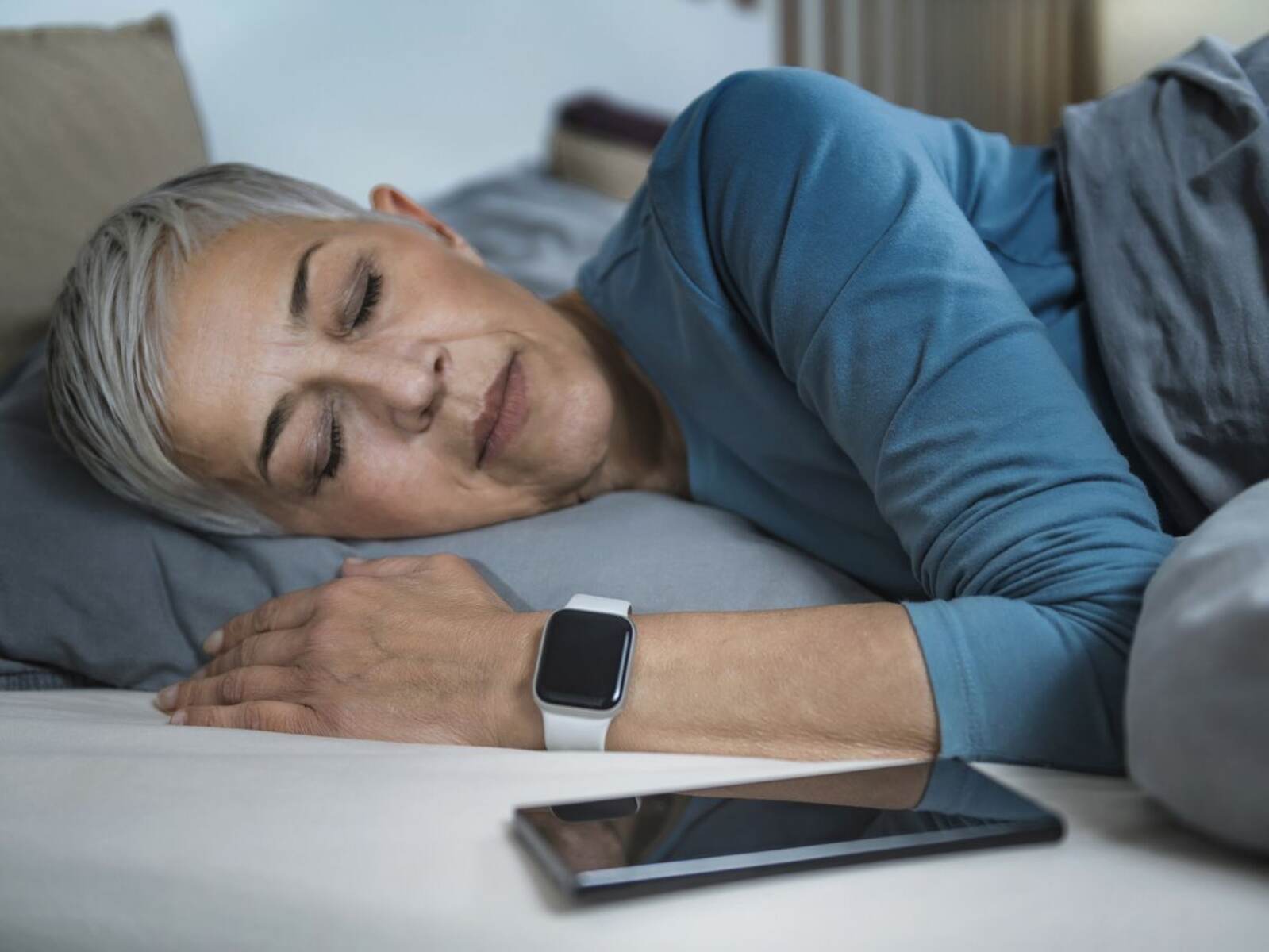Introduction
In today's fast-paced world, wearable technology has become an integral part of our lives, revolutionizing the way we monitor our health and fitness. Among the plethora of wearable devices available, Fitbit stands out as a frontrunner in the realm of fitness tracking. One of the key features that sets Fitbit apart is its advanced heart rate monitoring capabilities, providing users with valuable insights into their cardiovascular health and exercise performance.
Understanding the intricacies of heart rate monitoring on Fitbit is essential for harnessing the full potential of this feature. Whether you're an avid fitness enthusiast, a casual exerciser, or someone striving to maintain a healthy lifestyle, the ability to accurately monitor your heart rate can significantly impact your overall well-being.
In this comprehensive guide, we delve into the nuances of heart rate monitoring on Fitbit, shedding light on the common issues users encounter and providing practical troubleshooting techniques. By the end of this journey, you will gain a deeper understanding of how to optimize your heart rate monitoring experience, empowering you to make informed decisions about your health and fitness.
So, let's embark on this enlightening exploration of heart rate troubles and the art of troubleshooting heart rate monitoring on Fitbit.
Understanding Heart Rate Monitoring on Fitbit
Heart rate monitoring is a cornerstone feature of Fitbit devices, playing a pivotal role in providing users with real-time insights into their cardiovascular health and exercise intensity. By leveraging advanced optical sensors, Fitbit wearables can detect subtle changes in blood volume, allowing for the accurate measurement of heart rate throughout the day and during physical activities.
Fitbit's heart rate monitoring technology operates on the principle of photoplethysmography (PPG), which involves the use of light to measure blood flow. When the sensors on the device come into contact with the skin, they emit light that penetrates the skin and reaches the blood vessels. As blood flow varies with each heartbeat, the amount of light reflected back to the sensors fluctuates. By analyzing these fluctuations, Fitbit can calculate the user's heart rate with impressive precision.
In addition to monitoring resting heart rate, Fitbit devices also excel at tracking heart rate during workouts, offering valuable data on exercise intensity, calorie burn, and cardio fitness levels. This real-time feedback empowers users to optimize their training sessions, ensuring they stay within their target heart rate zones for maximum efficiency and safety.
Fitbit has continuously refined its heart rate monitoring algorithms, resulting in enhanced accuracy and reliability across its wearable lineup. By leveraging machine learning and sophisticated signal processing techniques, Fitbit devices can filter out noise and artifacts, delivering dependable heart rate measurements even during demanding physical activities.
Furthermore, Fitbit's commitment to user-centric design is evident in its seamless integration of heart rate data with the Fitbit app. Users can easily access comprehensive heart rate analytics, including trends, resting heart rate history, and cardio fitness scores, allowing for a holistic view of their cardiovascular health over time.
Understanding the underlying technology and capabilities of heart rate monitoring on Fitbit is fundamental for users looking to harness the full potential of this feature. Armed with this knowledge, individuals can make informed decisions about their fitness routines, track their progress with precision, and proactively manage their cardiovascular well-being.
As we unravel the intricacies of heart rate monitoring on Fitbit, we gain a deeper appreciation for the fusion of cutting-edge technology and user-centric design, ultimately empowering users to take charge of their health and fitness journey.
Common Issues with Heart Rate Monitoring
Despite the advanced technology integrated into Fitbit devices, users may encounter common issues related to heart rate monitoring. These issues can potentially impact the accuracy and reliability of heart rate data, leading to frustration and uncertainty about the device's performance. It is crucial to recognize these issues and explore effective troubleshooting strategies to ensure a seamless heart rate monitoring experience.
-
Inaccurate Readings: Users may occasionally experience discrepancies between the displayed heart rate and their actual physiological state. Factors such as improper device placement, wrist movement during exercise, or poor skin contact with the sensors can contribute to inaccurate readings. Additionally, environmental conditions, such as extreme temperatures or high humidity, may affect sensor performance, leading to unreliable heart rate measurements.
-
Intermittent Tracking: Some users may notice intermittent gaps or inconsistencies in heart rate tracking, especially during vigorous physical activities. This issue can arise from inadequate sensor contact with the skin, resulting in signal interruptions. Furthermore, excessive sweat or moisture accumulation on the device's underside can impede the sensors' ability to maintain continuous tracking, leading to sporadic heart rate data.
-
Abnormal Spikes or Drops: Another prevalent issue involves the occurrence of sudden spikes or drops in heart rate readings, seemingly unrelated to the user's actual exertion level. These anomalies can stem from external factors such as electromagnetic interference or irregular sensor performance. Additionally, poor signal quality due to excessive motion or improper fit of the device can contribute to erratic heart rate fluctuations.
-
Resting Heart Rate Anomalies: Users may encounter discrepancies in resting heart rate measurements, with the device displaying unusually high or low values compared to their typical resting heart rate. This discrepancy can be attributed to factors such as stress, dehydration, or irregular wearables usage patterns. Furthermore, variations in skin tone and texture can impact sensor accuracy, leading to inconsistent resting heart rate data.
-
Battery-Related Issues: Heart rate monitoring functionality can be affected by battery performance, especially in older or heavily used devices. Users may notice erratic heart rate readings or complete sensor failure when the battery level is critically low. It is essential to monitor battery health and ensure timely recharging to maintain optimal heart rate monitoring functionality.
Understanding these common issues with heart rate monitoring on Fitbit is crucial for users seeking to maximize the accuracy and reliability of their heart rate data. By recognizing these challenges, users can proactively implement troubleshooting measures to address these issues and enhance their overall heart rate monitoring experience.
Troubleshooting Heart Rate Monitoring
Addressing common issues with heart rate monitoring on Fitbit involves implementing effective troubleshooting strategies to optimize the accuracy and reliability of heart rate data. By proactively addressing these challenges, users can elevate their heart rate monitoring experience and leverage the full potential of their Fitbit devices.
Ensuring Proper Device Placement
Ensuring proper device placement on the wrist is crucial for reliable heart rate monitoring. Users should position the Fitbit device approximately one finger's width above the wrist bone, securing a snug yet comfortable fit. Avoiding excessive movement during exercise and maintaining consistent skin contact with the sensors can significantly improve the accuracy of heart rate readings.
Managing Environmental Factors
Environmental conditions can impact the performance of heart rate monitoring sensors. Users should avoid exposing their Fitbit device to extreme temperatures or high humidity, as these factors can interfere with sensor functionality. Additionally, wiping off excess sweat and moisture from the device's underside during intense workouts can help maintain uninterrupted heart rate tracking.
Optimizing Sensor Contact
Optimizing sensor contact with the skin is essential for continuous and accurate heart rate monitoring. Users can enhance sensor performance by ensuring the device is worn securely, with the sensors in direct contact with the skin. Adjusting the fit of the device to minimize gaps and preventing any obstruction to the sensors can mitigate intermittent tracking issues.
Minimizing External Interference
External factors such as electromagnetic interference can disrupt heart rate monitoring. Users should minimize exposure to electronic devices that may interfere with the sensors' signals, ensuring a conducive environment for reliable heart rate tracking. Additionally, avoiding excessive motion and maintaining a steady wrist position during workouts can reduce erratic heart rate fluctuations.
Monitoring Battery Health
Regularly monitoring the battery health of Fitbit devices is crucial for sustained heart rate monitoring functionality. Users should prioritize timely recharging to prevent erratic heart rate readings or sensor failure due to low battery levels. Keeping the device adequately charged ensures consistent and reliable heart rate tracking throughout the day and during physical activities.
By implementing these troubleshooting strategies, users can effectively address common issues with heart rate monitoring on Fitbit, enhancing the overall accuracy and reliability of their heart rate data. Embracing proactive measures and optimizing device usage can empower users to unlock the full potential of heart rate monitoring, enabling them to make informed decisions about their health and fitness with confidence.
Conclusion
In the realm of wearable technology, the evolution of heart rate monitoring has empowered users to gain profound insights into their cardiovascular health and exercise performance. Fitbit, renowned for its innovative approach to fitness tracking, has elevated the heart rate monitoring experience, offering users a comprehensive tool for optimizing their well-being.
As we conclude this enlightening exploration of heart rate troubles and troubleshooting techniques on Fitbit, it is evident that understanding the intricacies of heart rate monitoring is pivotal for harnessing its full potential. By delving into the underlying technology and common issues, users can proactively address challenges and optimize their heart rate monitoring experience.
The fusion of advanced optical sensors, photoplethysmography (PPG) technology, and user-centric design has positioned Fitbit as a frontrunner in the realm of heart rate monitoring. The seamless integration of heart rate data with the Fitbit app provides users with actionable insights, enabling them to make informed decisions about their fitness routines and overall well-being.
Effective troubleshooting strategies, including proper device placement, environmental management, sensor optimization, external interference mitigation, and battery health monitoring, empower users to address common heart rate monitoring issues with confidence. By implementing these measures, users can elevate the accuracy and reliability of their heart rate data, ensuring a seamless tracking experience.
As we look to the future, the continuous refinement of heart rate monitoring technology on Fitbit promises enhanced accuracy, reliability, and user-centric features. The commitment to empowering individuals to take charge of their health and fitness journey through actionable data underscores Fitbit's dedication to advancing the well-being of its users.
Ultimately, the art of troubleshooting heart rate monitoring on Fitbit transcends mere technicalities; it embodies a commitment to empowering users to make informed choices, optimize their fitness routines, and proactively manage their cardiovascular health. By embracing the fusion of technology and human-centric design, Fitbit continues to inspire individuals to lead healthier, more active lives with confidence and clarity.
In the dynamic landscape of wearable technology, the journey of heart rate monitoring on Fitbit represents a testament to the convergence of innovation, user empowerment, and holistic well-being. As users navigate their fitness and health aspirations, the reliable and insightful heart rate monitoring capabilities of Fitbit stand as a beacon, guiding them towards a path of informed decisions, meaningful progress, and empowered well-being.







